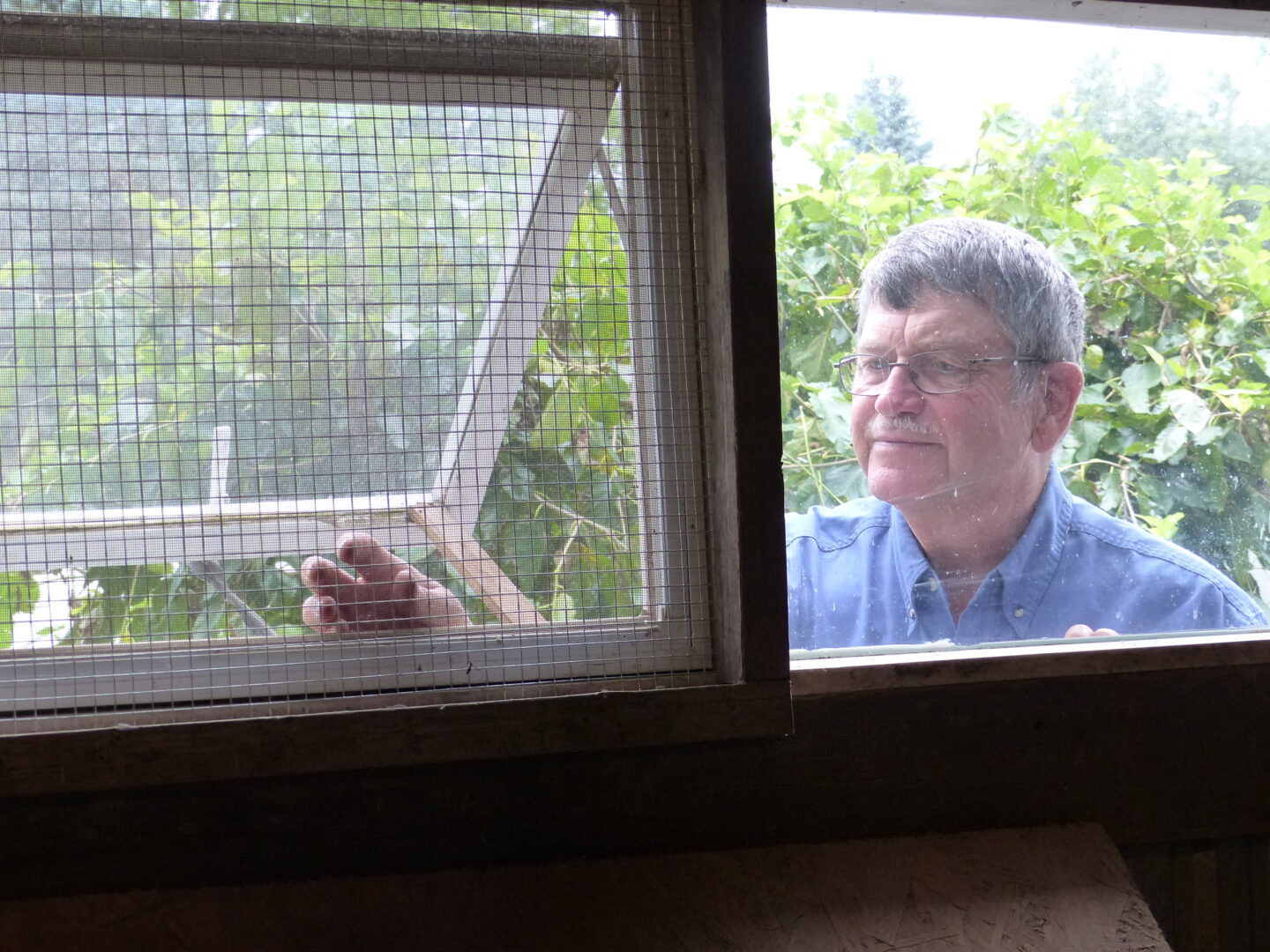Chicken Coop Airflow: Breezes and Drafts – Proper Ventilation Keeps Chickens Comfortable and Healthy

The only difference between a breeze and a draft is temperature. Pay attention to chicken coop airflow.
Both people and chickens savor a cool breeze on a sultry summer evening but that pleasant summer air transforms into a knifelike January draft that slices through the coop and chills hens.
It can frostbite tender combs, freeze water containers quickly and make life miserable for the coop’s occupants.
Proper ventilation is critically important to keep chickens comfortable, safe, and productive. Well-made coops enable managing airflow to welcome summer breezes yet bar frigid drafts.
Managing a coop’s air starts with litter and manure. Almost as soon as litter gets wet odor permeates the coop.
Soggy litter, caused by leaky roofs or tipped over water buckets, generates ammonia that no amount of ventilation can transport outdoors. Well managed coops don’t smell.
The secret in preventing odor is to make sure no rain can enter and that any damp litter is immediately removed and added to the compost bin. It also helps to keep chicken density low. Crowded coops are more likely to be pungent than those where chickens have plenty of individual space.
Managing Coop Airflow
A well-designed coop has at least two windows on opposite sides for cross ventilation. Ideally the chickens’ roost is located between them so the birds enjoy summer breezes while snoozing.
Windows should be easy to open and close so the volume of air that passes through them can be adjusted depending on the temperature.
During summer’s inferno, they should be wide open but cramped shut in winter.
Spring and fall bring mild temperatures and windows only need to be open an inch or two to let enough fresh air in.
Windows do more than admit air and light. They can be the entryway for raccoons, opossums, and even mink dreaming of a tasty chicken dinner. Windows should be configured to exclude predators while welcoming fresh air and light.
Good coop windows have three layers. The first is the glass that permits or excludes breezes depending on how far they are opened. The second is mosquito netting to keep biting bugs outside.
Insect screening is not strong enough to even slow a hungry raccoon, so the third layer is a mesh of wire strong enough to deter powerful predators. A heavy-duty mesh screen can be made of 2X2 lumber with wire stapled onto it.
The frame is then screwed over the window. One half inch square hardware cloth will even keep out lithe mink.
Glass plus netting plus wire screen let in a summer breeze while frustrating hungry bugs and furry predators.
Breezes and drafts don’t just enter at windows. They discover every crack and hole in the coop and enter uninvited.
Even in the coldest weather fresh air entering through a few cracks brings the oxygen chickens need and voids moisture coming from their breath and manure.
A few narrow cracks are good but too many let frigid air in and can be an entryway for weasels.
Filling most cracks with caulking or expanding foam every fall helps keep both the cold and skinny predators outside.
Chickens have a high heat generating metabolism and feathers, nature’s best insulation, to keep the warm. In an uninsulated but draft free coop body heat raises the interior temperature a few degrees on the coldest nights.
When nature’s mid-summer furnace is going full bore roosting chickens pant to increase cooling evaporation from their throats, and they often hold their wings outward to void body heat.
Having plenty of roost space allows them to partly spread their wings. That and a cooling breeze helps hens enjoy a good night’s sleep. On the hottest and stillest nights hens may appreciate an artificial breeze from an electric fan.
Managing coop ventilation keeps chickens comfortable, clean and productive and is an important task of any flock owner.
